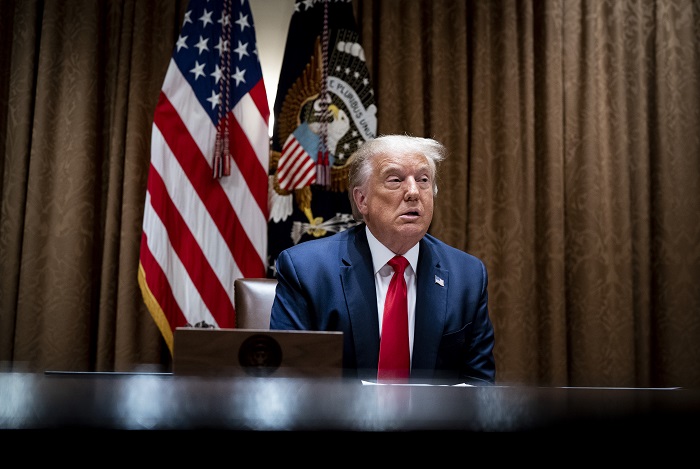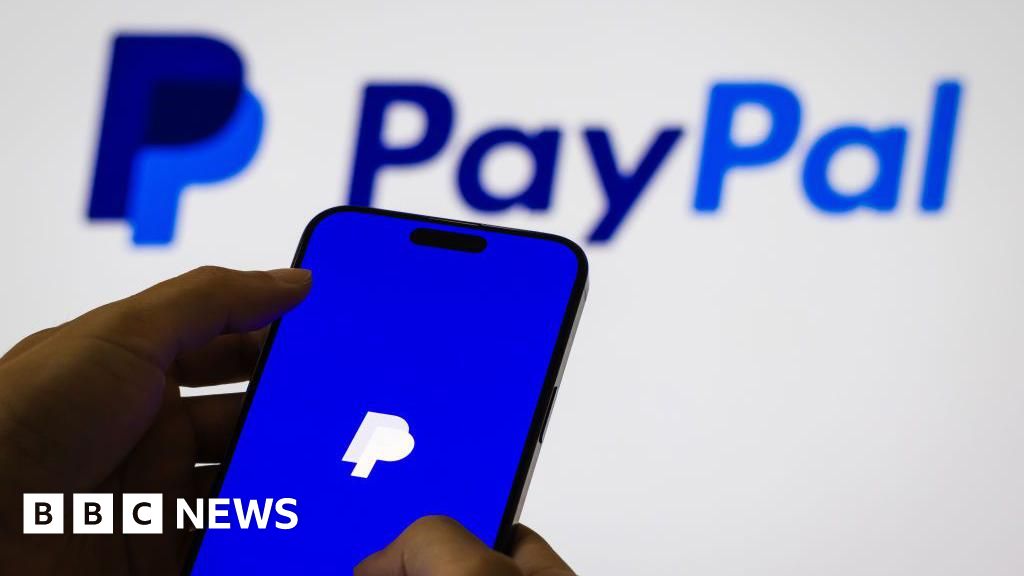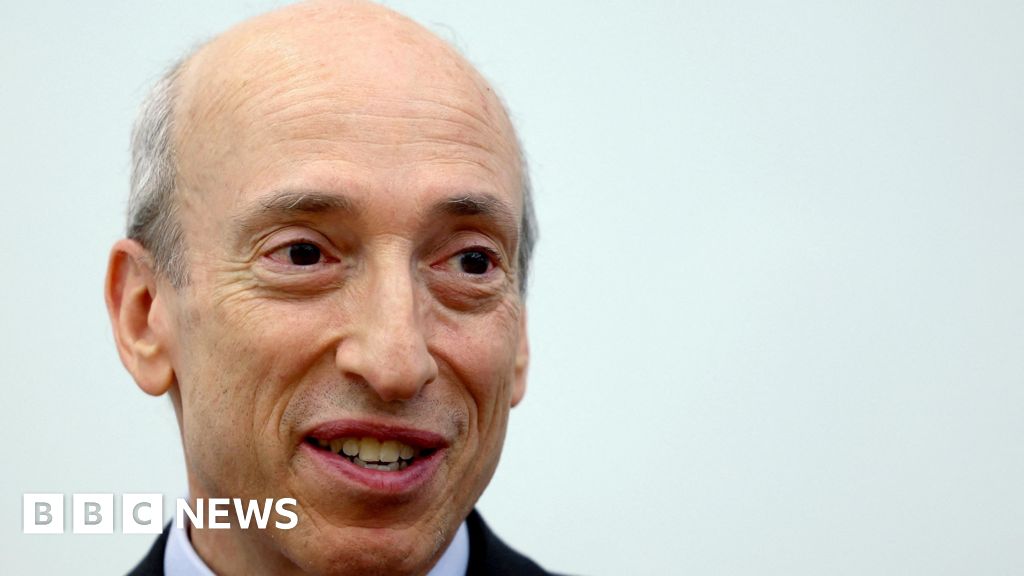But China, which has long been the world’s factory for low-cost goods, is trying to replicate that success with high-tech exports.
It is already a world leader in solar panels, electric vehicles (EVs) and lithium ion batteries.
According to the International Energy Agency (IEA) China now accounts for at least 80% of solar panel production. It is also the biggest maker of EVs and the batteries that power them.
The IEA said last year that China’s investments in clean energy accounted for a third of the world’s total, as the country continued to show “remarkable progress in adding renewable capacity.”
“For sure there is an overall effort to support high-tech manufacturing in China,” says David Lubin, a senior research fellow at London based-think tank, Chatham House.
“This has been very successful”, he adds.
Exports of electric vehicles, lithium ion batteries and solar panels jumped 30% in 2023, surpassing one trillion yuan ($139bn; £108bn) for the first time as China continued to strengthen its global dominance in each of those industries.
That export growth has helped soften the blow to China’s economy of the ongoing property crisis.
“China’s overcapacity will increase, there is not doubt about it. They have no other source of growth,” said Alicia Garcia-Herrero, chief economist for the Asia Pacific region at investment bank Natixis.
But along with those increased exports, there has been a rise in resistance from Western countries, and not just the US.
Just last month, the European Union increased tariffs on Chinese-built EVs to as much as 45%.
“The problem right now is that large recipients of those goods including Europe and the US are increasingly reluctant to receive them,” said Katrina Ell, research director at Moody’s Analytics.
Today, as Trump is set to head back to the Oval Office with a pledge to hammer Chinese imports, Beijing will have to ask itself whether its latest measures to boost its slowing economy will be enough.
Credit: Source link

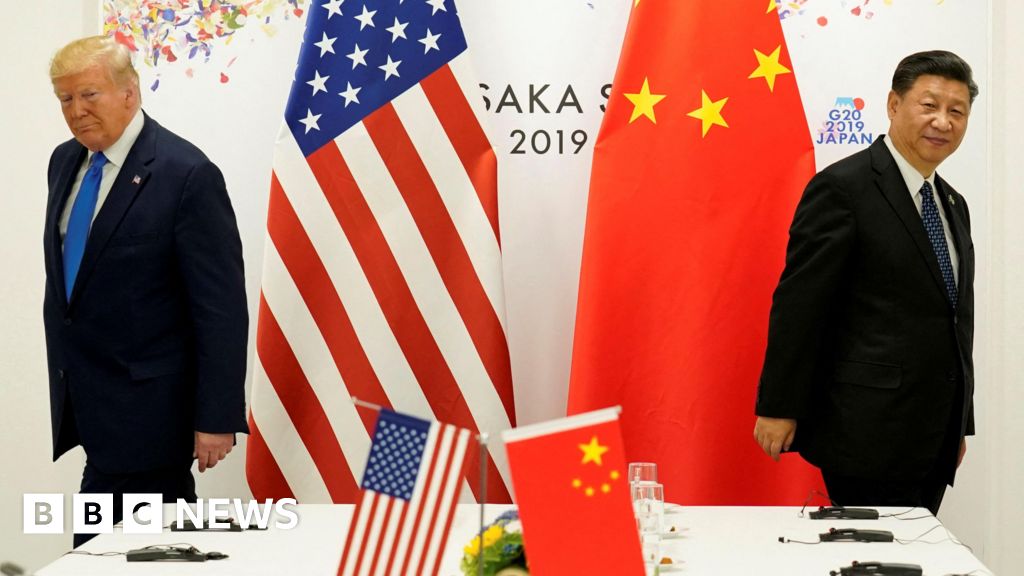


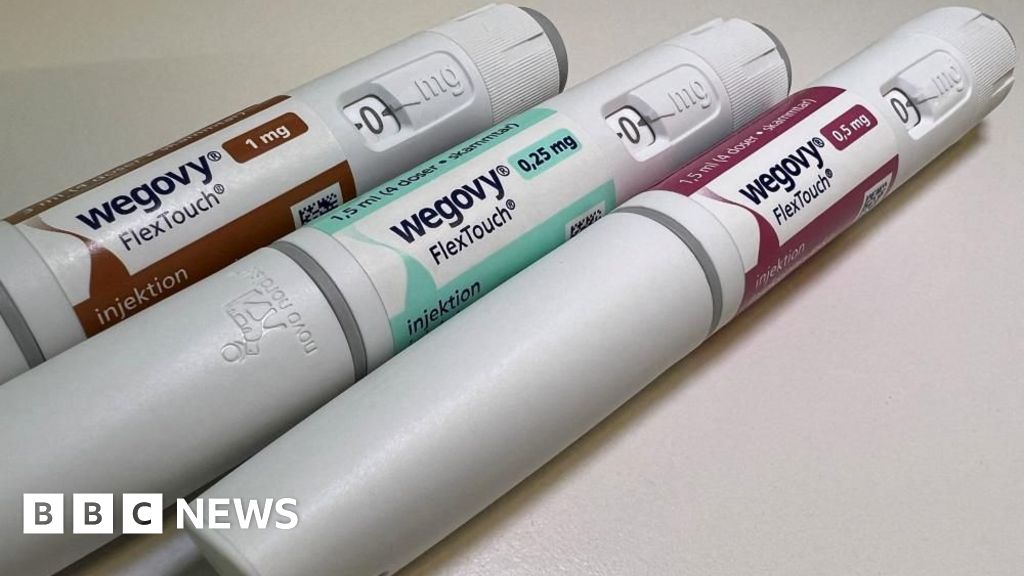
![Best Times to Post on YouTube in 2025 [Research] Best Times to Post on YouTube in 2025 [Research]](https://www.hubspot.com/hubfs/best-time-to-post-youtube.jpg)

